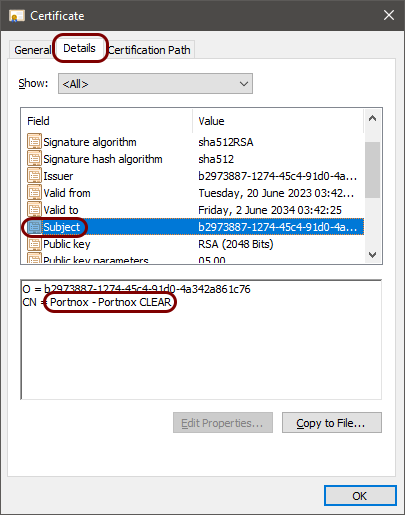Onboard Windows devices with AgentP in unattended or kiosk mode
In this topic, you will learn how to run Portnox™ AgentP in unattended mode or kiosk mode.
Install AgentP on Windows in unattended mode
In this section, you will learn how to install AgentP in unattended mode. User interaction is only necessary if AgentP cannot be onboarded automatically.
If you run AgentP in unattended mode, AgentP checks if the device is a member of Active Directory or Entra ID, and then sends AD/Entra ID identification data to Portnox Cloud (for example, the tenant ID, device ID, domain, user name, computer name). If the identification data matches the data in Cloud, AgentP can onboard in Portnox Cloud automatically using this data with no need of user interaction.
When the onboarding window appears, one of two things can happen:
- If AgentP finds that the device/user are already onboarded, the onboarding window disappears after 5 to 20 seconds (after enrollment is complete), and AgentP is automatically enrolled.
- Otherwise, you must follow the steps in the onboarding window to enroll the current user manually. Until then, AgentP will not be enrolled.
Install AgentP on Windows in kiosk mode or switch to kiosk mode
Kiosk mode means that AgentP is enrolled using the computer account, not the user account. If you already have AgentP installed in user-based mode, you can change its configuration so that it runs in kiosk mode.
-
If AgentP is not installed:
-
If AgentP is already installed:
Install AgentP on Windows in unattended mode based on SCEP certificates
In this section, you will learn how to install AgentP in unattended mode if your Windows is not enrolled in Entra ID or Active Directory. However, this process requires UEM software.
The only way to achieve unattended AgentP user enrollment on a Windows computer not enrolled in Entra ID or Active Directory is by first installing a SCEP certificate on the computer. Then, install AgentP with a specific flag (registry key), which makes it enroll based on the data in the SCEP certificate. This allows you to install AgentP in unattended mode even with other authentication repositories like Okta and Google Workspace. However, the only way to get a SCEP certificate is by using UEM software.
Install AgentP on macOS in unattended mode based on SCEP certificates
In this section, you will learn how to install AgentP in unattended mode on macOS. However, this process requires UEM software.
The only way to achieve unattended AgentP user enrollment on macOS is by first installing a SCEP certificate on the computer. Then, install AgentP with a specific configuration file, which makes it enroll based on the data in the SCEP certificate. However, the only way to get a SCEP certificate is by using UEM software.
Examples:

